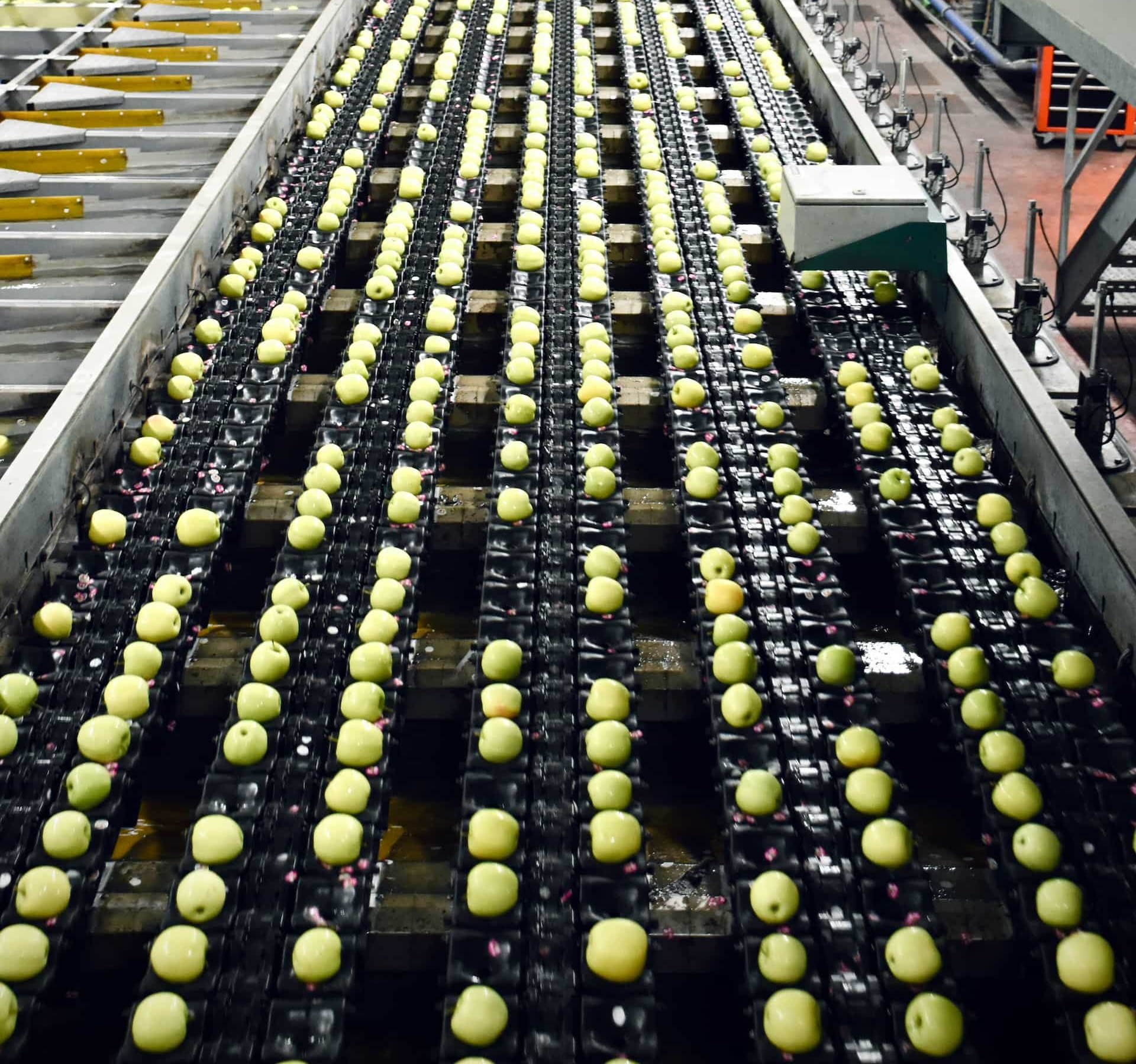The EU Carbon Removal Certification Framework (CRCF) is the EU’s voluntary system for certifying carbon removal processes, encouraging investment in natural and technical methods of CO2 reduction. The CRCF is key to achieving climate neutrality by 2050 and to accurately calculate the carbon footprint in Life Cycle Analysis (LCA).
The EU Carbon Removal Certification Framework (CRCF) is a key tool for certifying and supporting processes that contribute to the long-term removal of CO2 from the atmosphere. The framework covers both natural and technical methods of carbon removal, supporting global efforts to combat climate change.
CRCF and LCA

The CRCF is particularly relevant in the context of Life Cycle Assessment (LCA) and carbon footprinting. LCA is a methodology that assesses the environmental impacts of a product throughout its life cycle, from raw material extraction to disposal. By taking CRCF into account in LCA, the contribution of each process to carbon removal can be more accurately quantified, which is key to achieving climate neutrality by 2050.
CRCF and the carbon footprint calculation
Calculating the carbon footprint involves quantifying all CO2 emissions associated with a product or service. Certified carbon removal processes under the CRCF can be integrated into this calculation, allowing organisations to not only track their emissions commitments but also actively contribute to reducing their overall carbon footprint.
The introduction of the CRCF, therefore, provides a standardised approach to assessing and certifying carbon removal, which is essential for transparent and effective emissions management under LCA. The framework enables organisations to better understand and manage their carbon commitments, contributing to global efforts to mitigate climate change.












